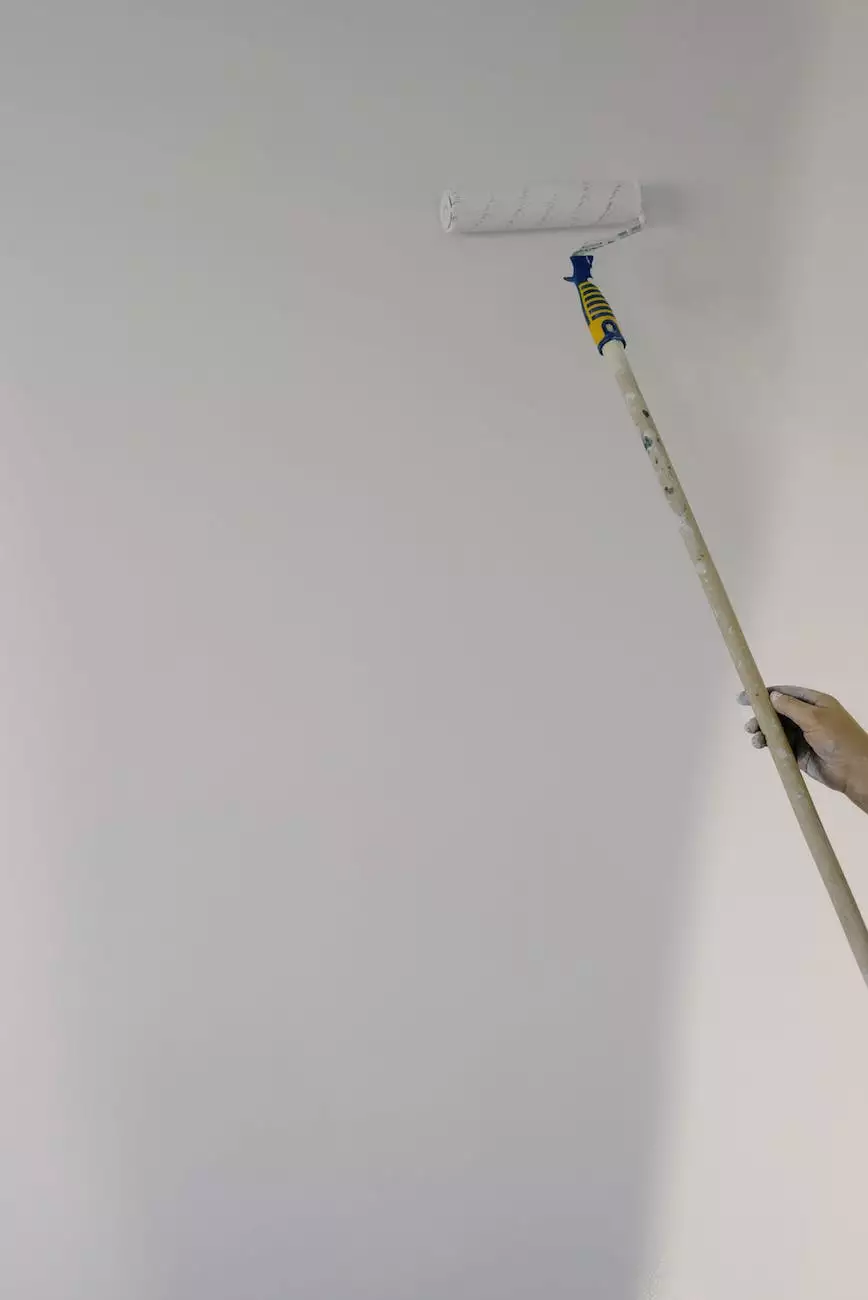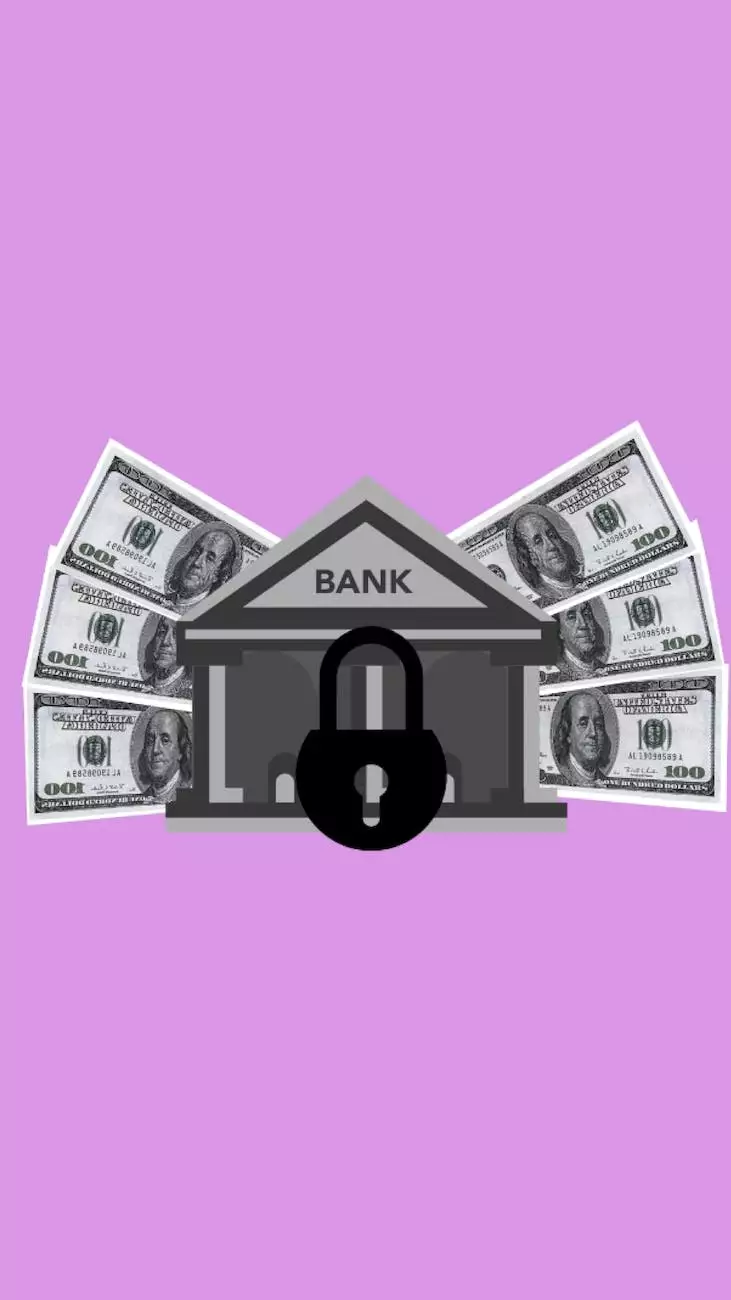SHA1 vs SHA2 vs SHA256 – What's the difference?
Internet Security
Welcome to Darrigan Designs, your go-to resource for all things visual arts and design. In this comprehensive guide, we will delve into the differences between the SHA1, SHA2, and SHA256 encryption algorithms. Whether you are a designer, developer, or simply interested in understanding the intricacies of encryption, this article aims to provide you with a detailed overview.
Understanding Encryption
In today's digital age, the security of data and information is paramount. Encryption plays a crucial role in ensuring that sensitive data remains secure and protected from unauthorized access. The SHA1, SHA2, and SHA256 algorithms are widely used in cryptographic applications, providing varying levels of security. Let's explore each algorithm in detail:
SHA1 (Secure Hash Algorithm 1)
SHA1 is a cryptographic hash function that generates a fixed-size 160-bit hash value. It is commonly used in various applications, including SSL certificates, digital signatures, and secure communication protocols. However, due to vulnerabilities discovered in SHA1, it is no longer considered secure for certain use cases.
SHA2 (Secure Hash Algorithm 2)
SHA2 is a family of cryptographic hash functions that includes SHA256, SHA384, and SHA512. These algorithms provide stronger security than SHA1 and are widely adopted in many industries. The SHA2 family is known for its resistance to cryptographic attacks and is currently recommended for most applications.
SHA256 (Secure Hash Algorithm 256-bit)
SHA256 is a member of the SHA2 family and generates a 256-bit hash value. It offers a higher level of security compared to SHA1, making it suitable for applications that require enhanced protection. SHA256 is commonly used in blockchain technology, password storage, and digital certificates.
Choosing the Right Algorithm
When it comes to selecting an encryption algorithm, it is crucial to consider the specific requirements of your application. Factors such as security level, compatibility, and performance should be taken into account. Here are some key points to keep in mind:
- Security: While SHA1 may still be acceptable for legacy systems, SHA2 and SHA256 offer stronger security and should be preferred.
- Compatibility: Check the compatibility of your chosen algorithm with the systems and platforms you will be using.
- Performance: Consider the performance implications of using different algorithms, as they may vary in terms of processing speed.
Conclusion
In summary, understanding the differences between SHA1, SHA2, and SHA256 encryption algorithms is essential for anyone involved in the visual arts and design field. As technology continues to advance, the need for secure data transmission and storage becomes increasingly important. By staying informed and making the right choices regarding encryption algorithms, you can ensure the protection of your valuable information.
At Darrigan Designs, we are passionate about helping you navigate the world of visual arts and design. Stay tuned for more informative articles and resources that will empower and inspire you in your creative journey.










